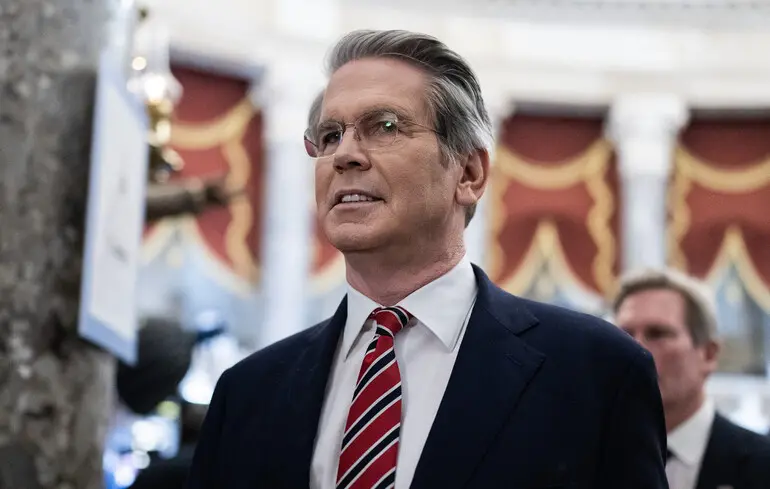The Rise and Fall of U.S.-China Trade Ambitions: Future Prospects and Risks

The administration of U.S.
President Donald Trump has voiced mixed feelings and observations regarding the current trade truce with China, which is generating both hope and uncertainty within American political circles.
U.S.
Secretary of the Treasury Steven Mnuchin reassured that Washington is satisfied with China’s adherence to its trade commitments.
According to Mnuchin, negotiations have been constructive and fruitful, and another meeting between officials is expected before the year’s end to consolidate progress.
Notably, Beijing has resumed supplying critical rare earth magnets to global markets, which had previously been restricted by U.S.
sanctions.
Mnuchin also noted the removal of certain countermeasures by the U.S., considering the improving situation, and that the current status quo is quite acceptable to America.
These developments hint at a possible shift toward more constructive diplomatic relations between the two largest economies, especially given the impending expiry of the trade ceasefire on November 10.
The trade war, which lasted several years, involved the imposition of high tariffs and restrictions, significantly impacting businesses and investors.
The initial agreement reduced tariffs from 145% to 30% and restored supplies of valuable rare earth materials from China—crucial for modern technology.
A positive turn in relations could pave the way for a potential summit between U.S.
President Donald Trump and Chinese leader Xi Jinping, opening new opportunities for agreements and tension reduction.
As new diplomatic maneuvers and rhetoric emerge, the global community observes cautiously whether this pause signals the beginning of a new phase in international rivalry.
Meanwhile, expert analyses propose various scenarios for the future of the U.S.-China confrontation—from escalation to partial resolution—each capable of reshaping the global order.

